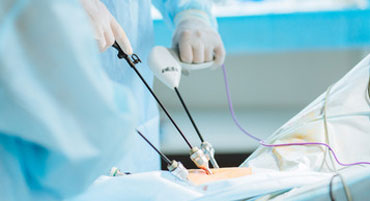
Laparoscopic surgery
During this procedure, a thin device with a light and camera (laparoscope) is inserted through a small incision at or near the navel. The device enables the doctor to view your reproductive organs and access areas of concern to perform fertility-enhancing surgeries by the best in the field.
Prior to the creation of this method, a surgeon operating on a patient’s belly had to make a 6-to-12-inch long cut. That gave them enough space to see what they were doing and do whatever tasks they necessary to finish.
The surgeon makes multiple tiny cuts during laparoscopic surgery. Each one is usually less than a half-inch long. (This is why it’s also known as keyhole surgery.) They put a tube through each hole, through which the camera and surgical instruments pass. The surgeon then performs the procedure.
Minor complications:
Following laparoscopy, minor problems are predicted to occur in 1 or 2 out of every 100 patients. They are as follows:
- Infection
- Minor bruising and bleeding at the area of the incision, and
- nausea and vomiting
Serious complications:
After a laparoscopy, serious problems are anticipated to occur in one out of every 1,000 cases. They are as follows:
- An allergic reaction that is severe
- damage to a major artery
- injury to an organ, such as your gut or bladder, that could lead to organ function loss
- difficulties caused by the use of carbon dioxide during the treatment, such as gas bubbles getting into your veins or arteriesThis procedure can minimize pain, recovery rate, and the risk of infection.



